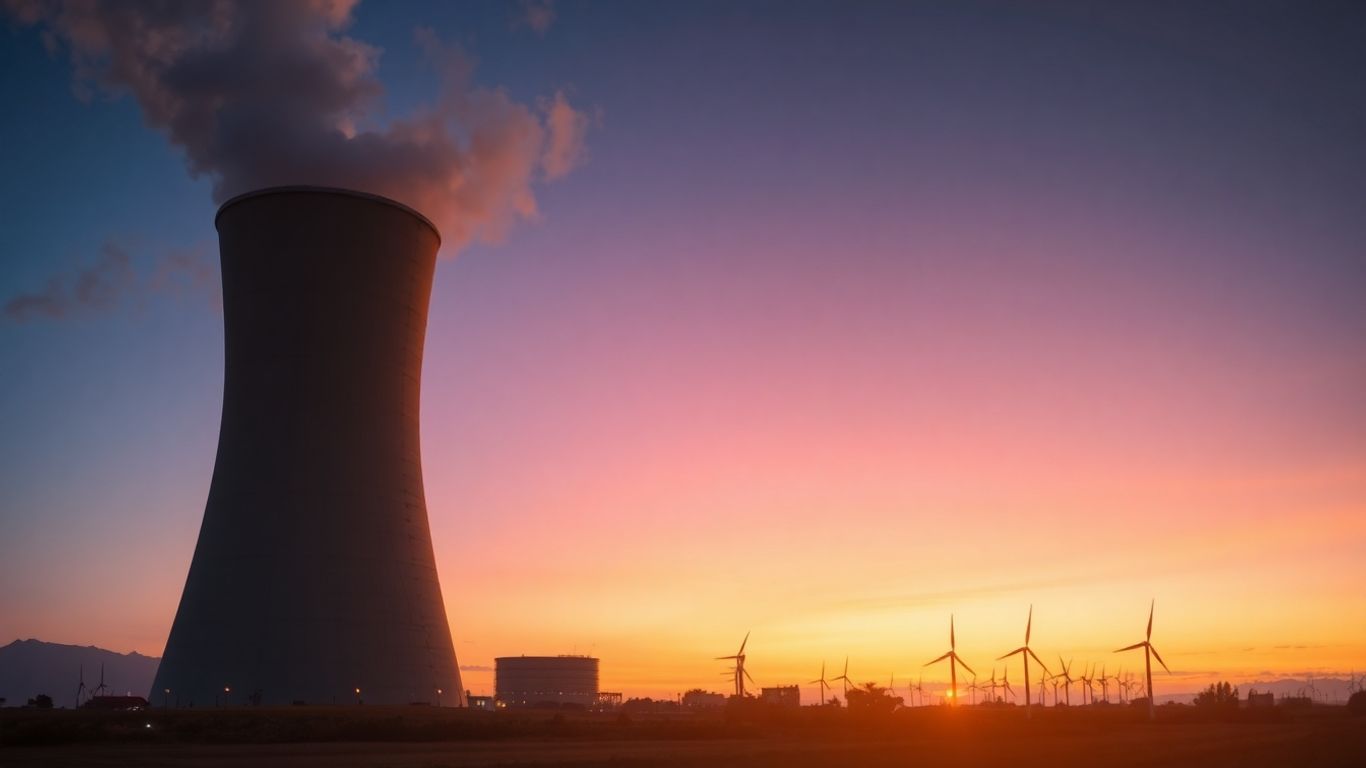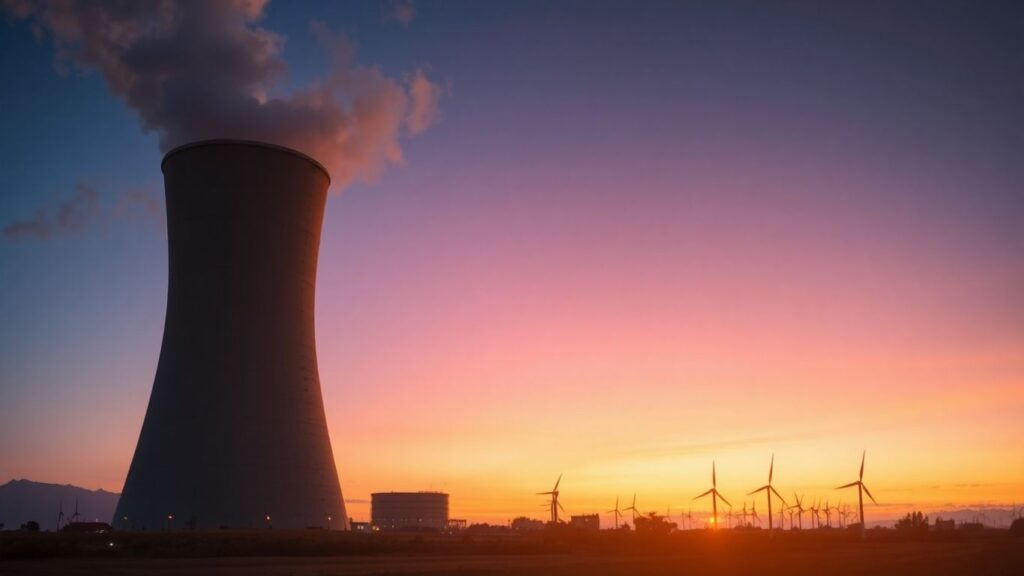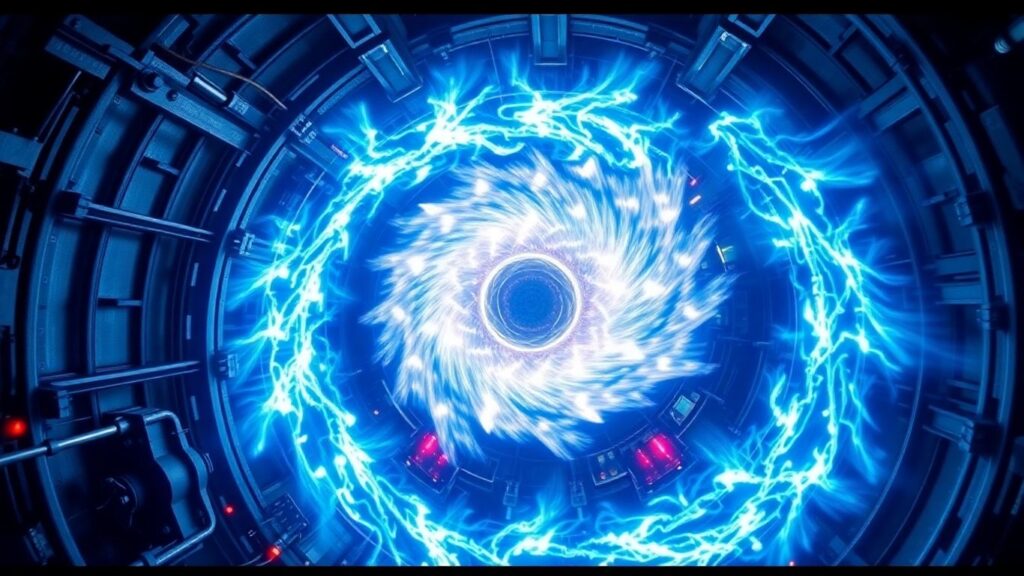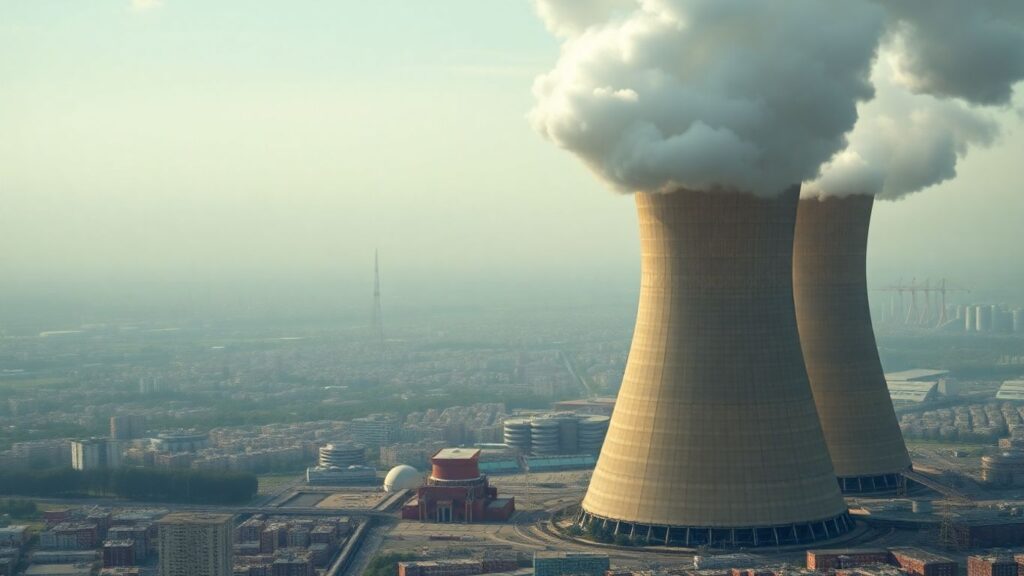The landscape of nuclear power in the United States is undergoing a significant transformation, driven by escalating demand for carbon-free electricity, ambitious climate targets, and technological advancements. This renewed focus sees new reactors coming online, bipartisan legislative support, and major tech companies investing in the sector, signaling a potential comeback for a once-controversial energy source.
Key Takeaways
- The U.S. is experiencing a surge in demand for carbon-free electricity, fueled by AI, cloud services, and climate regulations.
- New nuclear reactors are being built, and legislation like the ADVANCE Act aims to streamline their deployment.
- Tech giants are investing in small modular reactors (SMRs) to meet their substantial energy needs.
- Advanced reactor designs promise improvements in safety, cost-effectiveness, and waste management.
- Government support, including policy, financial incentives, and workforce development, is crucial for realizing nuclear power’s potential.
A New Era for Nuclear Energy
Fueled by the insatiable appetite of artificial intelligence and cloud computing, coupled with stringent climate regulations, the demand for carbon-free electricity in the U.S. is soaring. This surge has prompted a re-evaluation of nuclear power, a source that provides nearly half of the nation’s carbon-free electricity and almost 20 percent of its total electricity production. The recent completion of two new reactors in Georgia, the first in consecutive years since 1990, and the overwhelming bipartisan passage of the ADVANCE Act, which aims to accelerate reactor deployment, underscore this growing momentum. Furthermore, tech giants like Google, Amazon, and Microsoft have pledged investments in small reactors to secure their future energy requirements.
Addressing Historical Concerns
Historically, nuclear power has faced significant opposition due to safety and environmental concerns, particularly regarding waste disposal, as well as issues with high costs and low profitability. However, the industry has seen continuous improvements in safety protocols, especially after incidents like Fukushima. A key development is the emergence of advanced reactors. Unlike older, large, bespoke projects that often faced budget overruns, these new designs emphasize standardization and factory production of smaller reactors. This approach, akin to mass production, is expected to drive down costs and enhance safety. Regarding waste, advanced reactor designs, particularly Generation IV reactors, offer more efficient fuel utilization and can even consume existing spent fuel, reducing overall waste volume and potentially turning it into a new energy source. While deep geologic disposal remains the long-term solution for all nuclear waste, these advancements offer more manageable and efficient pathways.
Government and Industry Collaboration
Achieving ambitious national goals for nuclear power, such as the Biden administration’s benchmarks announced at the UN Climate Change Conference, requires significant effort and strategic policy. Experts suggest that building substantial new nuclear capacity by 2050 is achievable but necessitates smart government policies, lean regulations, and mechanisms to spread costs and risks. Government loan guarantees can mitigate first-mover risks and encourage private co-investment. The government can also act as a significant source of demand, particularly for small and microreactors, which could power critical infrastructure like military bases and microgrids, especially in scenarios involving cyber threats or natural disasters. This initial government backing can build confidence for private capital.
Building the Future Workforce and Supply Chain
Beyond policy and finance, the resurgence of nuclear power hinges on rebuilding the engineering, procurement, and construction (EPC) sector, which has seen reduced activity in recent decades. This requires revitalizing training programs at universities and in vocational trades to cultivate a skilled workforce. Thousands, and potentially hundreds of thousands, of jobs will be created in manufacturing precise components and parts for these advanced reactors. Maintaining public trust and a "social license to operate" will also be paramount, requiring engagement with all sectors of civil society. The current positive movement in public perception and industry collaboration suggests a promising path forward for nuclear energy in the U.S.
Sources
- Nuclear has changed. Will the U.S. change with it? — Harvard Gazette, Harvard Gazette.












